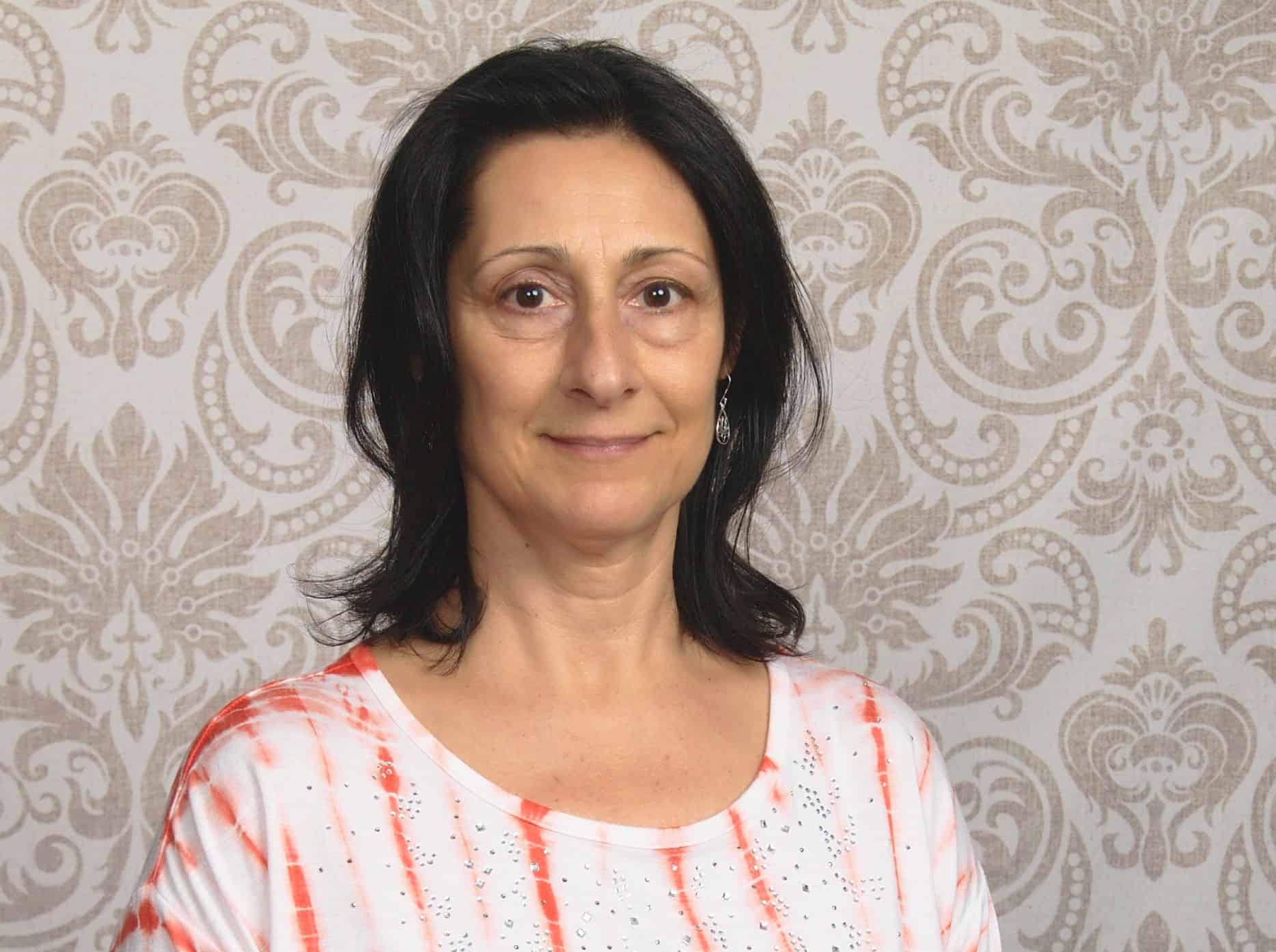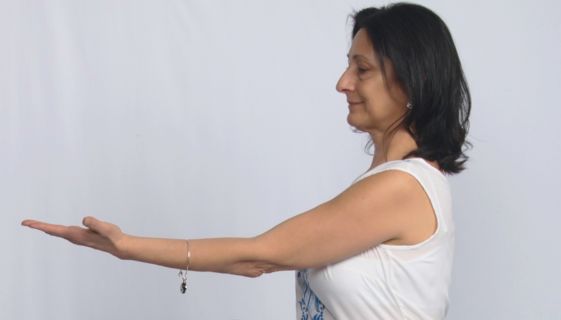by Marie Theriault, Certified Teacher of Qigong and Tai Chi, Flowing River Qigong and Yoga
Spring is a season of growth and transformation. Right before our eyes we see nature coming alive. The days are growing longer and warmer. The ice and snow of winter is slowly melting. Birds are busy building their nests. Flowers are popping up to bloom and paint the earth in a rainbow of colors. Vegetable seeds are sprouting and peeking out from the soil.
Qigong, a system of self-care and mindful exercise from China, has certain types of routines special for spring. In the tradition of Qigong, Spring is the time of the Wood Element. We can most easily see the link between growth, transformation, and Springtime by thinking about the essence of the Wood Element in the form of a tree. We know tree roots grow down and spread out into the earth, the trunk grows ever taller, and the branches reach out in all directions. Leaves on the trees, beginning as tiny buds, begin to unfold and take shape.
The intention of a Qigong practice in the Spring is to gently stretch the ligaments, tendons, and muscles in the human body to increase flexibility, range of motion, and the ability to move with ease in all directions. This freedom of movement includes having a sense of being rooted in the earth, such as a tree that sways in the wind.
The Wood Element in Chinese Medicine
Wood is one of the Five Elements in the system of Chinese Medicine. The other elements are Earth, Metal, Water, and Fire. Each element is associated with a certain season or time of the year, specific organs in the body, different emotions that we feel (both virtues and negative aspects), and healing colors and sounds.
The organs in the body that are focused on in Springtime are the liver and the gallbladder. When functioning properly, they assist in the detoxification and digestive processes and the smooth flow and circulation of blood and Qi energy throughout the body.
The healing color for the Wood element is green, so eating green vegetables such as lettuce, celery, cabbage, collards, cucumber, artichokes, asparagus, broccoli, and parsley help to support the liver and gallbladder in their digestive and detoxification functions. The color green can also be visualized for healing purposes while practicing the Wood element exercises.
The emotional virtue of a well-functioning liver is that of patience and kindness. The negative emotions related to liver impairment are anger, resentment, jealousy, and frustration. In the view of Chinese Medicine, having emotional tendencies in either positive or negative ways are diagnostic clues that are used to determine health imbalances related to specific organs.
The significance of Qigong in Chinese medicine
There is a medical basis to the system of Qigong due to its association with Chinese Medicine and Acupuncture. The combination of slow and graceful movements and meditative focus brings about many stress-relieving health benefits. That is why Qigong is sometimes referred to as a moving meditation, or more recently, medication in motion.
Qi (pronounced “chee”) is defined as energy or life force, and Gong refers to skill or cultivation. When Qigong is practiced skillfully, this quality of life energy is awakened, strengthened, and refined. The philosophy is that when Qi energy is flowing freely within the Acupuncture meridians of the body, we experience good health. These internal channels are akin to an energetic circulatory system or an inner network of pathways that are interconnected with each other and the organs in the body. If the Qi energy should become sluggish or blocked in a specific pathway and the stagnation persists over time, the affected organ will begin to weaken. This condition sets the stage for disease to manifest because the ill-functioning organ is not receiving its proper dose of Qi energy or “energetic nutrition.” Simply put, good Qi flow equals good health, but impaired Qi flow leads to health imbalances and illness.
You may wonder why Qi becomes sluggish or blocked in the first place. There are many reasons for Qi stagnation. Some of the main causes relate to an unhealthy diet, improper exercise, poor posture, lack of sleep, acute and chronic illness, unmanaged stress, medications, unhealthy relationships, and a polluted environment. That is why it is so important to develop a multi-faceted approach to a healthy lifestyle when trying to recover from any illness, injury, or surgery. The Anticancer Lifestyle Program provides wonderful resources to get you started on a healthier path. Acupuncture treatments and Qigong exercises can also assist in this regard because they help to release energetic blockages, reestablish Qi flow, and invigorate the body so it can return to a natural, healthy state.
Qigong and Self-Care
Practicing Qigong promotes healing in a safe, effective, and natural way. Qigong is also used as a form of preventive medicine, to keep the body healthy and avoid illness in the first place. As we move around the yearly cycle and the seasons change, the elements we focus on also change. Balancing and restoring each element during its respective season provides a blueprint for good health.
Qigong is a most fascinating style of exercise that never gets boring due to the variety of ever-changing movements and its versatility in addressing health imbalances of all kinds. The exercises are gentle and accessible yet mentally stimulating because of their unique nature. Perhaps one of the greatest gifts Qigong offers is an ability to promote healing in all the organs in a systematic way.
To summarize, when we practice Qigong, we skillfully cultivate our life force, circulate internal energy, build physical strength, increase immunity, and better manage turbulent emotions and stress. That is why Qigong is practiced by millions of people and offered to patients for supportive care at many major hospitals around the world.
As Spring beckons us to align with nature, we too can blossom, grow, and prosper. Qigong for the Wood Element can bring this potential for growth and healthy transformation into the lives of all who practice it. Like a tree that remains rooted while swaying and yielding in the wind, it is possible to cultivate inner strength and flexibility while navigating the challenges of life.



 Marie Theriault
Marie Theriault 

